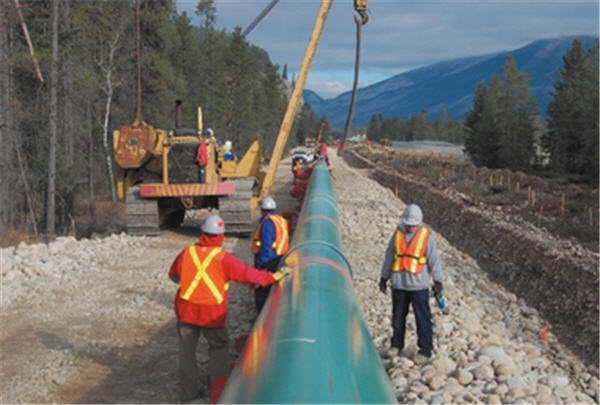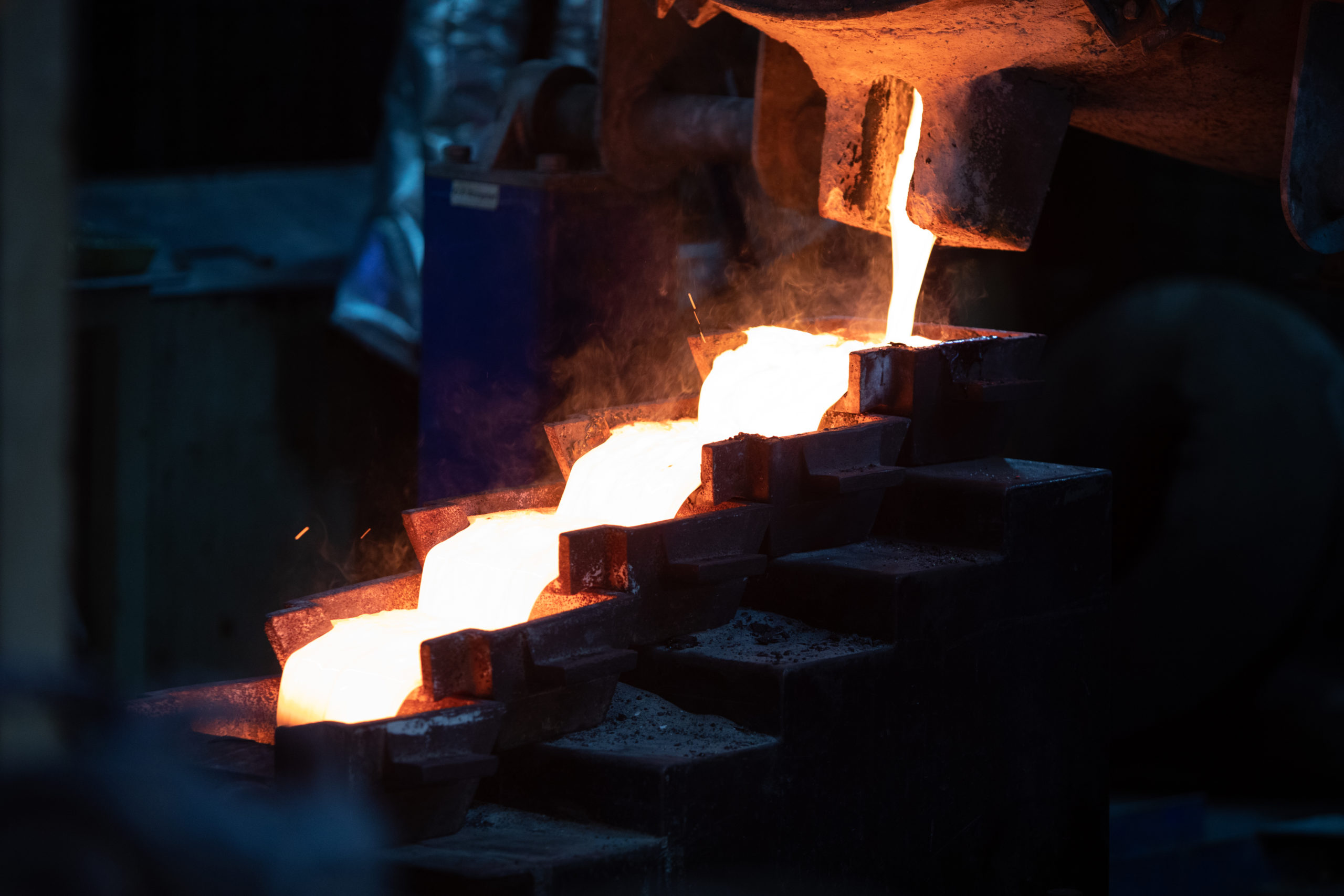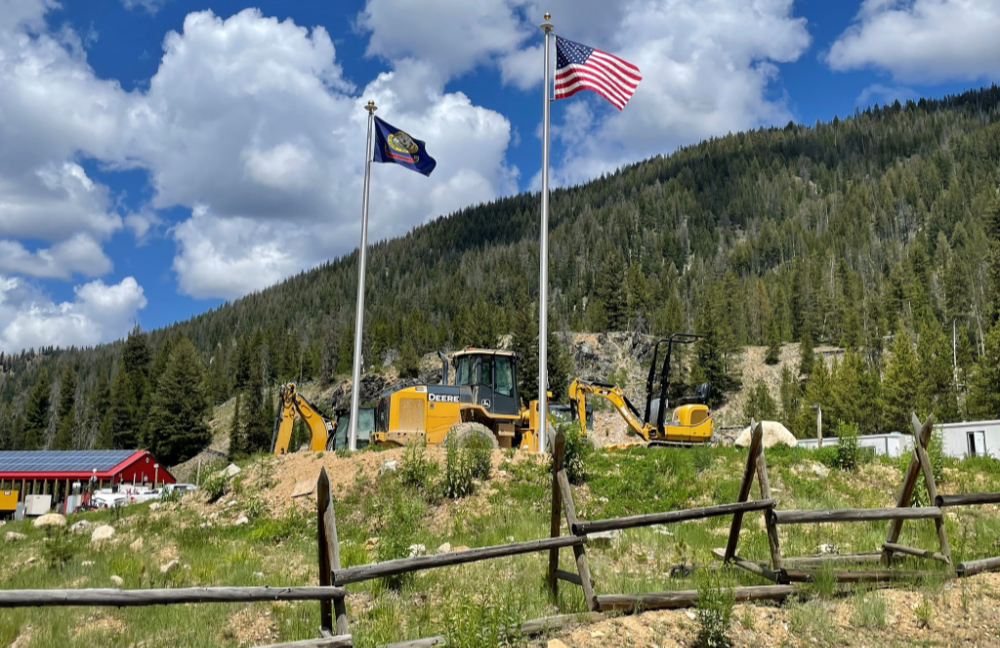NEB Trans Mountain decision delayed by proposed route revision

Kinder Morgan has already twinned a portion of its Trans Mountain pipeline in Jasper, Alberta (Trans Mountain)
By Elsie Ross, Daily Oil Bulletin
Trans Mountain Pipeline ULC says it will be considering the implications of National Energy Board changes to the regulatory schedule which will delay a board decision on the proposed $5.4 billion Trans Mountain expansion project by seven months.
The board said July 15 it has directed Trans Mountain to file additional information by Dec. 1, 2014 on the feasibility of routing a four-kilometre portion of the proposed pipeline expansion through Burnaby Mountain. The company’s preferred corridor would include a trenchless drill crossing a conservation area.
The regulator also has revised the hearing schedule, pushing back the deadline for the NEB’s report to the federal cabinet to January 25, 2016, from the original date of July 2, 2015.
The revised schedule provides for oral hearings and/or final argument previously set for February 2015 to begin in September 2015.
Although the NEB was required to issue its report within 15 months from April 2, 2014, it has the power under legislation to temporarily suspend or “stop the clock” if it determines more information is required, which is what it has done in this case, Sarah Kiley, a board spokesperson, said in a conference call.
The seven-month excluded period, though, applies only to information and studies relevant to the two routes that Trans Mountain is considering. In the meantime, the board will continue with the rest of its assessment, including the gathering of oral aboriginal traditional evidence at the end of August 2014 with two more sessions planned for the fall.
The board, she said, supports an efficient and thorough environmental assessment of the Trans Mountain expansion project. “However, we remain committed to taking the time to gather the necessary information so that the board can make a recommendation to the federal government that is in the Canadian public interest.”
In order for the NEB to assess the new preferred corridor, it requires more information that could include geotechnical, engineering, environmental and cultural use studies, she said.
Once Trans Mountain has filed its new information, the 400 participants in the hearing process will have an opportunity to submit information requests related to the new information. The company will be required to respond to the requests by February 3, 2015, which will end the excluded period.
The NEB also anticipates there could be additional participants who are affected by the proposed revision to the corridor and who may have expertise or information to share, said Kiley.
In early June, the board asked Trans Mountain to clarify its preferred pipeline corridor from its Burnaby terminal to the Westridge marine terminal. In a response to the board, Trans Mountain said the preferred route had changed from what had been included in its original application in December 2013.
The company says it has further examined the alternative pipeline corridor options since the filing. “The results of this further study indicate that the route options where trenchless construction methodologies would be used are preferred over the previously proposed pipeline corridor and an alternative to the previously proposed pipeline corridor,” it says.
The proposed revised pipeline corridor (preferred route) crossing the Burnaby Mountain Conservation Area between Burnaby and Westridge supports both horizontal directional drill (HDD) and tunnel options, says Trans Mountain in response to a NEB information request. The preferred route would avoid impacts to residences and other urban infrastructure such as roads, says the company.
Trans Mountain said that based on feedback from stakeholders during the previous engagement phases it has identified two possible options in the preferred corridor. Due to the lower construction cost, its preference is the Burnaby Mountain HDD that would use two separate HDDs to install two 30-inch outside diameter pipelines between the terminals.
With the HDD option, there would be no surface disturbance within Burnaby Mountain Park during the construction phase and drill activities would not be visible but there will be some noise impact that can be mitigated, says Trans Mountain.
The second option is a single 2.35-kilometre long tunnel connecting the two terminals. All construction activities would occur within Trans Mountain properties and there would be no surface disturbance within Burnaby Mountain Park during the construction phase.
The construction impact to landowners, businesses and public will be limited and environmental impacts are reduced and can be mitigated, according to the company.
However, additional geotechnical studies in the area are needed to complete and confirm the feasibility of installing the pipelines using either of the trenchless construction options, says Trans Mountain. To date, the city of Burnaby has not entered into a dialogue with it regarding these routing options nor has the city allowed access onto city-owned land for Trans Mountain’s engineers and other specialists to conduct the necessary studies, it says.
The city of Burnaby has indicated there is a provincial covenant on Burnaby Mountain Conservation Area that ensures the area remain a park and that the covenant may restrict land use, according to Trans Mountain. At that time, the city said it would prefer the routing not go through parks.
Later, the city also said it was concerned about surface disruption in the area, including disruption of tree routes, and expressed concern about emergency access in the area. At that time, it indicated it could not approve work for a horizontal directional drill underneath the conservation area or provide access to any city lands for survey or related works.
The company, though, could apply to the NEB for an order that would enable it to gain access to the city-owned land to conduct its studies, said Kiley.
The existing Trans Mountain pipeline corridor from the Burnaby terminal to the Westridge dock contains a single 24-inch outside diameter pipeline which passes under boulevards and streets and through green areas, says Trans Mountain. Approximately two kilometres of the existing pipeline is buried under city of Burnaby streets and the pipeline is directly in front of 11 residences.
The TransMountain expansion project, which would increase pipeline capacity between Edmonton and Burnaby to 830,000 bbls per day from 300,000 bbls per day, proposes two 30-inch pipelines to supply an expanded Westridge marine terminal.
More News
{{ commodity.name }}
{{ post.title }}
{{ post.date }}




Comments